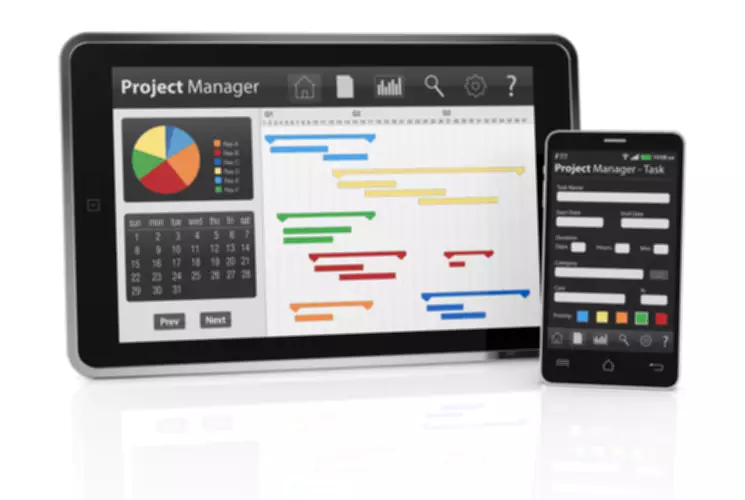
Unlike 1099 and W-2 forms, which are due to the taxpayer by the end of January ), a K-1 isn’t due until mid-March when the small business tax fiing deadline is. If you own a business with someone else, such as a partnership, then that business will issue you a K-1 to report your share of the income, credits, and deductions. If you own a business by yourself, either incorporated or as a sole proprietorship, then your business won’t issue a K-1. Investors who are also equity holders in an entity can expect to receive a pro-rata share of the entity’s profits and losses. For example, if an LLC submits a tax return, the entity will claim all deductions and income.
Where to Mail a Schedule K-1
However, whether a partner qualifies as a limited partner for purposes of self-employment tax depends on whether the partner meets the definition of a limited partner under section 1402(a)(13). You’ll have more complex — and potentially more costly — tax preparation each year. If you’re only getting a small amount of income because of a minimal investment in a few shares of an MLP or LLC, it may not be worth it.
- Schedule K-1 requires the partnership to track each partner’s basis in the partnership.
- Instead, deduct the amount identified by code C in box 13, subject to the 50% AGI limitation, on Schedule A (Form 1040), line 12.
- Reduce interest income reported on this line by any amount included in interest income with respect to the credit to holders of clean renewable energy bonds.
- If the basis of distributed property in a non-liquidating distribution is different to the recipient partner from the basis the partnership had in the property immediately before the distribution as a result of section 732(a)(2).
- Certain entities and partnerships file Schedule K-1 forms with the IRS and issue them forms to partners and shareholders.
Shareholder’s Instructions for Schedule K-1
K1 mourns Wigwe, Ogunbanjo, others — Saturday Magazine – Guardian Nigeria
K1 mourns Wigwe, Ogunbanjo, others — Saturday Magazine.
Posted: Sat, 17 Feb 2024 08:00:00 GMT [source]
When the partnership has more than one activity for at-risk purposes, it’ll check this box and attach a statement. Use the information in the attached statement to correctly figure your at-risk limitation. For more information, see the discussion under At-Risk Limitations, earlier. If the partnership is involved in a farming or fishing business, it will report your distributive share of gross income and gains, as well as the losses and deductions attributable to such business activities. This code is used to report the partner’s share of gain or loss on the sale of the partnership interest subject to taxation at ordinary income tax rates. This is your share of gross income from the property, your share of production for the tax year, and other information needed to figure your depletion deduction for oil and gas wells.
Credits & Deductions
Whether you deduct the expenditures or elect to amortize them, report the amount on a separate line in column (i) of line 28 if you materially participated in the activity. If you didn’t materially participate, follow the Instructions for Form 8582 to figure how much of the deduction can be reported in column (g). If you received a copy of Form 8283, Noncash Charitable Contributions, from the corporation, attach the copy to k1 meaning your tax return. Use the amount shown on your Schedule K-1, not the amount shown on the Form 8283, to figure your deduction. The corporation will give you a statement that shows charitable contributions subject to the 100%, 60%, 50%, 30%, and 20% adjusted gross income (AGI) limitations. Each interest in rental real estate is a separate activity, unless you elect to treat all interests in rental real estate as one activity.
If you’re a partner in a partnership that is required to file a tax return for the year, then you will receive a K-1 that lists your portion of the partnership reportable items. A Schedule K-1 is a form that organizations use to report the proportional income, gain and loss, dividends and other financial information of those with a financial interest in the entity. For individuals, it’s important to receive a K-1 for the relevant financial https://www.bookstime.com/articles/asset-turnover-ratio-fomula-and-example interest and then report that information correctly on the individual’s tax return. While not filed with an individual partner’s tax return, the Schedule K-1 is necessary for a partner to accurately determine how much income to report for the year. It is required to be received by March 15 (or the 15th day of the third month after the entity’s tax year ends). In fact, it’s often one of the last tax documents to be received by the taxpayer.
- Report any other information here using the codes on page 2 of Schedule K-1 and the instructions to Schedule K-1.
- Partnerships should use Schedule K-1 tax forms to distinguish partnership income from owners’ income.
- Code AH, Other information, previously included a number of bulleted items.
- In the space to the left of line 21, enter the amount of tax and interest and “CCF.” See Pub.
- The partnership will give you a statement that shows the amounts to be reported in Form 4684, Casualties and Thefts, line 34, columns (b)(i), (b)(ii), and (c).

MAGI is your adjusted gross income figured without taking into account the following amounts, if applicable. Generally, any work that you or your spouse does in connection with an activity held through an S corporation (where you own your stock at the time the work is done) is counted toward material participation. Schedule K-1, box 19, will be checked when a statement is attached. Schedule K-1, box 18, will be checked when a statement is attached. Any loss from a section 465 activity not allowed for this tax year will be treated as a deduction allocable to the activity in the next tax year.
- However, whether a partner qualifies as a limited partner for purposes of self-employment tax depends on whether the partner meets the definition of a limited partner under section 1402(a)(13).
- Amounts that exceed the 15% limitation may be carried over for up to 5 years.
- Part I of Schedule K-1 requires you to provide crucial details about the partnership.
- They report to the IRS, and individual partners, shareholders, and beneficiaries, the amounts of income, losses, deductions, credits and other distributions they may have received.

You also get access to unlimited, on-demand consultations to discuss your business and tax planning with our tax advisors guaranteeing you the smallest possible tax bill. Although these forms are similar, in this guide we’ll focus exclusively on Schedule K-1 of Form 1065, to be filed by partnerships. Bankrate.com is an independent, advertising-supported publisher and comparison service.
You use the information provided on the form to accurately complete your tax return. Except as illustrated in the opening scenario, K-1s are often distributed much later in the year than other tax forms. Any information you need to complete a disclosure statement for reportable transactions in which the corporation participates. If the corporation participates in a transaction that must be disclosed on Form 8886, Reportable Transaction Disclosure Statement, both you and the corporation may be required to file Form 8886 for the transaction.





